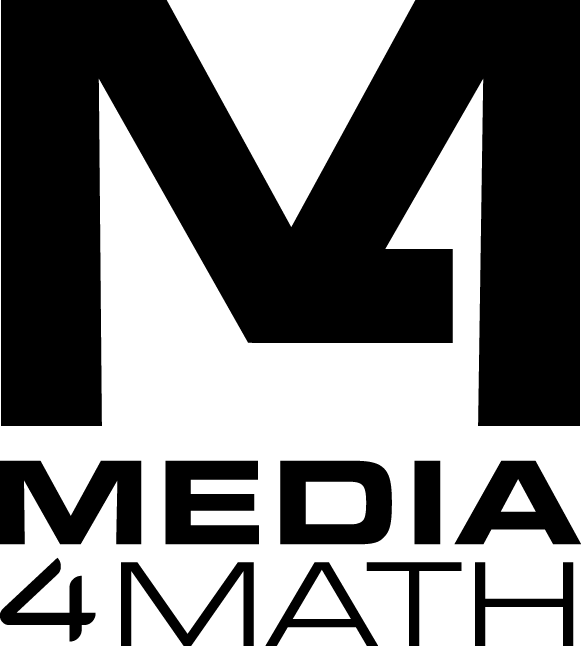 Lesson Plan: Applying Ratios and Proportional Reasoning
Lesson Plan: Applying Ratios and Proportional Reasoning
Lesson Objectives
- Apply ratio concepts to solve real-world problems
- Use ratios in scaling and proportional reasoning
- Solve problems involving mixtures and combinations
- Convert measurements using ratios
Florida BEST Standards
- MA.6.NSO.3.5: Solve mathematical and real-world problems involving ratios, rates and unit rates, including comparisons, mixtures, ratios of lengths and conversions within the same measurement system.
- MA.6.NSO.3.1: Given a mathematical or real-world context, represent ratios as equivalent fractions, percentages or decimals.
- MA.6.NSO.3.2: Given a mathematical or real-world context, determine a ratio that describes the relationship between two quantities.
Prerequisite Skills
- Understanding of ratios, rates, and proportional relationships
- Problem-solving skills
Key Vocabulary
- Proportion
- Constant of proportionality
- Linear relationship
Warm-up Activity (5 minutes)
Present the following multi-step real-world problem involving ratios:
"A recipe for 12 muffins requires 2 cups of flour and 3/4 cup of sugar. If you want to make 30 muffins, how much flour and sugar will you need?"
Solution using a table of equivalent ratios
- Create a table with columns for muffins, flour, and sugar.
- Fill in the given information for 12 muffins.
- Extend the table to show equivalent ratios for 24 and 36 muffins.
- Use the table to solve for 30 muffins.
| Muffins | Flour (cups) | Sugar (cups) |
|---|---|---|
| 12 | 2 | 3/4 |
| 24 | 4 | 1 1/2 |
| 36 | 6 | 2 1/4 |
Calculation for 30 muffins
- Observe that 30 is between 24 and 36 muffins.
- Find the scale factor: 30 ÷ 12 = 2.5
- Multiply the original amounts by 2.5:
Flour: 2 cups × 2.5 = 5 cups
Sugar: 3/4 cup × 2.5 = 1 7/8 cups
Answer: For 30 muffins, you need 5 cups of flour and 1 7/8 cups of sugar.
Teach (20 minutes)
Demonstrate how to approach complex problems using various representations and strategies, such as tables, graphs, and equations. Emphasize the importance of clear communication in problem-solving, encouraging students to explain their reasoning.
Present the following real-world problems and their solutions:
1. Art Application: Color Mixing
Problem: An artist mixes yellow and blue paint in a 3:2 ratio to create green. If they need 25 ounces of green paint, how much yellow and blue paint should they use?
Solution using equivalent ratios:
Set up the proportion: 3 + 2 = 5 parts total
25 ÷ 5 = 5 ounces per part
Yellow: 3 × 5 = 15 ounces
Blue: 2 × 5 = 10 ounces
Answer: The artist needs 15 ounces of yellow paint and 10 ounces of blue paint.
2. Business Application: Sales Commission
Problem: A salesperson earns a 5% commission on all sales. Last month, their total sales were \$45,000. This month, they aim to earn \$3,000 in commission. What should their total sales be?
Solution using an equation
Set up a percent equation:
Sales • 5% = Commission
We know the commission and need to calculate the sales. Sales is the unknown:
x • 5% = 3000
Solve for x:
x = 3000 ÷ 0.05
x = 60,000
Answer: The salesperson needs \$60,000 in total sales to earn \$3,000 in commission.
3. Science Application: Chemical Dilution
Problem: A chemist needs to dilute a solution that is 90% acid. The diluted solution should be 40% acid and have a volume of 225 mL. How much of the original solution and water should be used?
This slide show provides a detailed solution to this problem:
https://www.media4math.com/library/slideshow/applications-ratios-and-proportional-reasoning-mixtures
Emphasize how these different solution techniques (tape diagrams, equivalence tables, and equivalent ratios) can be applied to various real-world problems. Encourage students to choose the method that works best for them in each situation.
Review (15 minutes)
Students work in groups to solve complex ratio and proportion problems, presenting their solutions to the class. Encourage the use of tables of equivalent ratios and other representations. Use problems from https://www.media4math.com/LessonPlans/RatiosRatesGr6 as a starting point, adapting them to be more challenging.
Assess (5 minutes)
Administer a 10-question quiz on applying ratios and proportional reasoning to complex problems.
Quiz
- A car travels 210 miles on 7 gallons of gas. How many miles can it travel on 12 gallons?
- In a school, the ratio of boys to girls is 5:6. If there are 132 students in total, how many boys are there?
- A recipe calls for 2 1/4 cups of flour for 9 servings. How much flour is needed for 15 servings?
- If you earn \$720 for working 40 hours, what is your hourly wage?
- A map has a scale of 1 inch : 25 miles. If two cities are 7.5 inches apart on the map, what is their actual distance?
- In a bag of marbles, the ratio of red to blue marbles is 3:5. If there are 24 red marbles, how many blue marbles are there?
- A store offers a 15% discount on all items. If an item originally cost $80, what is its discounted price?
- If 3 pounds of apples cost $4.50, how much would 7 pounds cost?
- A rectangle has a length-to-width ratio of 4:3. If its perimeter is 70 inches, what are its dimensions?
- In a survey, 3 out of every 8 people preferred brand A. If 600 people were surveyed, how many preferred brand A?
Answers
- 360 miles
- 60 boys
- 3 3/4 cups
- \$18/hr
- 187.5 miles
- 40 blue marbles
- $68
- $10.50
- Length: 20 inches, Width: 15 inches
- 225 people
![]() Purchase the lesson plan bundle. Click here.
Purchase the lesson plan bundle. Click here.